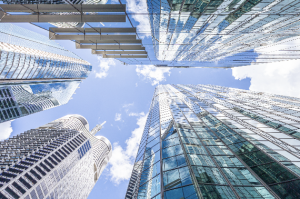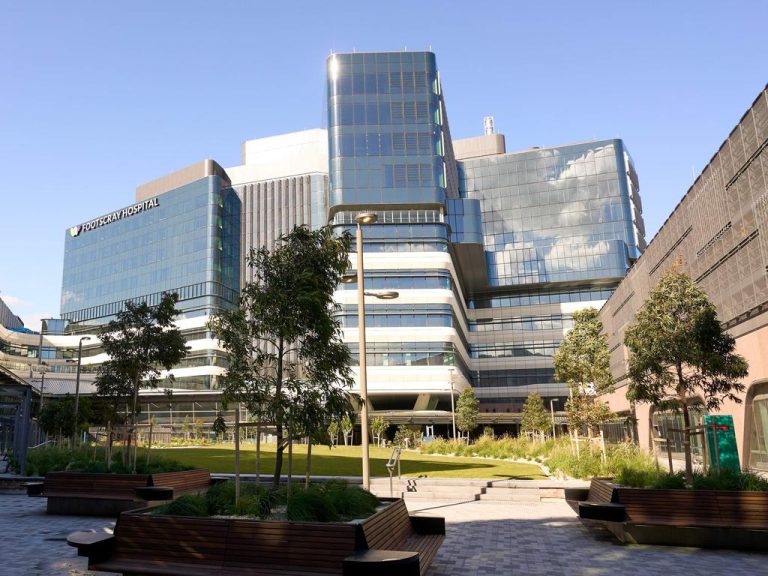What to expect in the commercial property sector in 2022

Australia’s commercial property market is enjoying a year of excellent growth, backed by a strong economy and rising employment rates despite lockdowns and a global pandemic.
Both investors and tenants are actively seeking commercial properties, particularly industrial opportunities, and foreign investment numbers are also soaring.
Industry experts unpack the forces driving the commercial market in 2021 and what to expect for 2022.
What is the background to 2021’s commercial success?
This year’s commercial market changes – such as the popularity of industrial assets – were occurring long before COVID arrived, according to REA Group economist Anne Flaherty.
“The demand fundamentals were there before COVID hit and when COVID makes less of an impact on the economy – such as our ‘free from lockdown’ periods and when case numbers are low – things recover very quickly,” Ms Flaherty explained.
Confidence returns to the market
Eighteen months of living with COVID has also seen 2020’s uncertain investors and tenants increasingly confident in 2021 with the hope this will continue into 2022.
CBRE’s research director Kate Bailey explained that people were far more keen to make property decisions this year.
“There are still definitely some challenges but people are much more comfortable making decisions than what they were this time last year,” Ms Bailey said.
“I think this is because people are realising you can’t sit on your hands forever.
“They also understand how COVID works a little bit more now, that there will be government support there and how the market reacts to the pandemic.”

Strong economic growth and rising employment have greatly helped commercial property in 2021. Picture: Getty
Economic growth
Underscoring commercial property’s excellent growth has been an overall positivity to both the national economy and employment rates, and this despite a global pandemic.
REA Group economist Anne Flaherty said she’d been very surprised at how Australia’s economy had far exceeded initial COVID expectations of doom and gloom.
“One of the surprises over the last year is that our economy has actually outperformed where we thought it would be at the start of COVID,” REA Group economist Anne Flaherty said.
“In fact, Australia’s economy as a whole, as measured in GDP, is actually larger now than before COVID.”
Ms Flaherty believes this growth is because the pandemic is not due to Australian-made recession issues of financial or economic systems.
“The pandemic has come from something outside our economy,” she said.
“An external virus is what shut everything down – it wasn’t an internal demand.”
Ms Bailey is also impressed with the resilience of the commercial market in 2021.
“There is a bit of uncertainty going forward, but we’re not super concerned that things are going to unravel,” she said.
“We think that there’s some reasonable momentum in the market, and we’re still seeing a lot of people looking to invest in the commercial property sector, because of the economic fundamentals and because this sector is reasonably resilient.”
Employment Rate
In several states, unemployment is now lower than it was before COVID hit the country, Ms Flaherty said.
Ms Bailey agreed, explaining that although some sectors had experienced labour shortages due to border closures, unemployment levels as a whole had shrunk down to exceptionally low levels.
“This is really positive,” she said.

Childcare centres have experienced stunning investment demand in 2021. Picture: Getty
What has changed in 2021?
Yields, in particular, have seen some of the biggest changes in 2021, with compressions experienced across offices, industrial assets and large format retail properties, according to CBRE Research’s end of 2021 forecast yields data.
Prime office yields have shrunk to 4.4%-6.4%, industrial classes to 3.5%-5% and large format retail properties to 5.5%-7.5%.
In comparison, 2020 saw prime offices’ yields at 4.55%-6.7%, industrial buildings at 4.5%-5.7% and large format retail properties fixed at 6%-7.6%.
“Compressed yields are a good thing as it usually means that while sale prices are getting bigger, people are nonetheless willing to pay more,” Ms Bailey said.
“Yields move in cycles, so we are expecting yields to continue to see compression until the end of the year and then remain flat until 2023.”
Industrial opportunities
“We were already seeing a transition to e-commerce and a lot of pent up demand from that space, but COVID lockdowns have just made the industrial sector go absolutely bananas in 2021,” Ms Bailey said.
Ms Flaherty concurred, and said 2021’s industrial sector had outperformed every other commercial class.
“We’ve seen land values for industrial properties increase and we’ve seen vacancies for industrial property decrease, which is pushing up rents as well,” she said.
Ms Flaherty said the rise in e-commerce was one of several reasons for industrial assets’ 2021 success.
“There’s also been an increase in food and beverage manufacturing and a demand for cold storage,” she said.
“As well, the construction sector is driving up demand for industrial space … and needing more space for storing goods and machinery.”
Alternative assets
An increasing number of commercial investors are prepared to think outside the traditional box in 2021.
Ms Bailey said specialised assets such as childcare, healthcare, data centres, cold storage and real estate debt or lending – which is similar to banks or private lenders – were all highly popular, according to CBRE’s annual investor intention survey this year.
“We’re seeing an uptick in people thinking outside the square and thinking about alternatives where they can find stronger returns,” she said.
“People are also really seeing these alternatives as being recession proof and pretty resilient going forward.”

In the year to date, foreign investments accounted for 40% of Australia’s million dollar-plus transactions. Picture: Getty
Foreign investment
Foreign investors, particularly from Asia, have continued to be impressed by Australia’s strong economy, low unemployment rates and relatively COVID-free lifestyle.
“A lot of foreign investors are looking at Australia’s economic credentials and saying, ‘That’s probably a safe mark to invest in’,” Ms Flaherty explained.
She added that according to Real Capital Analytics data, foreign investments accounted for 40% of Australia’s million dollar-plus transactions in the year to date.
“This is the highest such proportion we’ve seen in over a decade,” Ms Flaherty said.
She added that more than half of these sales were for industrial properties, with traditionally popular office spaces now falling below the amount invested in industrial.
“Foreign investors feel really comfortable with the Australian market,” Ms Bailey said.
“And once they’ve invested in Sydney, and then Melbourne, they feel really comfortable looking out to other markets across Australia as well.”







